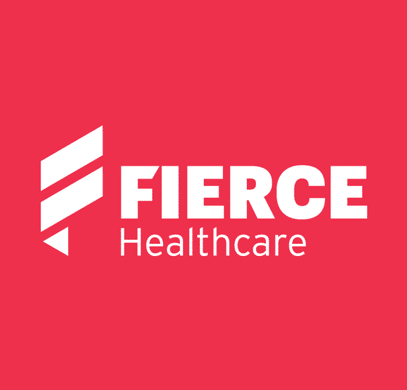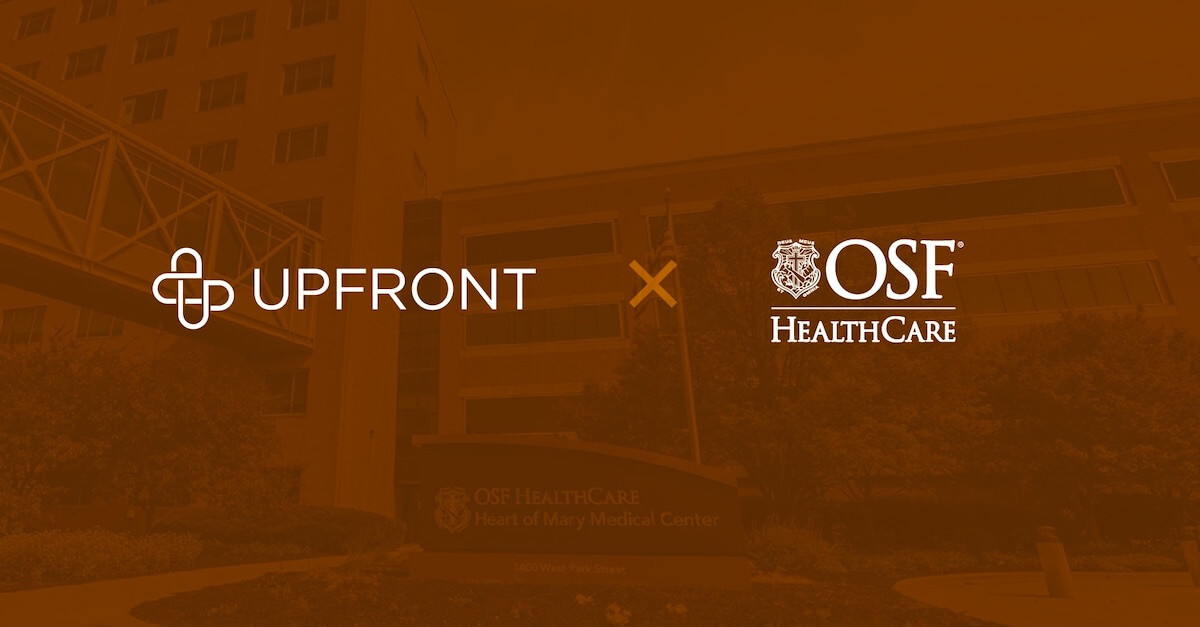Since 2000, February 4 has been internationally recognized as World Cancer Day by the Union for International Cancer Control (UICC) and from 2022 to 2024, the theme focuses on closing gaps in care.
Unfortunately, cancer is becoming more prevalent all over the world with 20 million people diagnosed in 2021 and it’s the second leading cause of death in the United States. While treatment advances have cut the cancer death rate by 33% since 1991, a growing number of people under 50 are diagnosed with cancer each year. To make matters worse, COVID-19 caused additional setbacks and in 2020, 9.4 million screenings that would typically occur didn’t happen. Now imagine a patient that also has to overcome cancer disparities to improve their health outcomes and it’s clear they have the deck stacked against them without help.
It’s not an easy problem to tackle, but all healthcare organizations can do their part to address cancer gaps in care.
Here are some of the most prominent care gaps that need to be addressed in cancer care in order to improve health outcomes.
Affordability
Treating cancer is not cheap. Each year, many prescription medications cost over $100,000 and over half of patients and survivors have medical debt from cancer treatment. This is enough to scare most patients away, especially if they don’t have health insurance since they are most at risk of negative health outcomes. Studies show that people diagnosed with cancer have a higher likelihood of positive health outcomes if they have health insurance because they have access to good care options and treatments, but also preventative screenings.
But whether or not patients have health insurance, health systems should offer patients multiple payment options, especially payment plans and charity care. But resources that can help patients cover other expenses while managing treatment including housing payments, food and travel, are essential to help patients afford treatment costs.
Location
Not every patient is lucky to have cancer treatment options nearby. In one University of Minnesota study, rural breast cancer patients, on average, traveled three times as far for radiation treatment than breast cancer patients in urban areas. And in another study, researchers found that the farther patients traveled for treatment, the more likely their diagnosis is more advanced. The same conclusions were drawn for patients in rural areas, who are more likely to have a more advanced diagnosis in comparison to urban patients.
Health systems that recognize these cancer disparities are trying to do something about it. OSF HealthCare, a health system spanning across Illinois and Michigan, took a look at their data concerning breast cancer patients to determine ways to address the disparities and find solutions to reduce care gaps among patients who lived in areas far from care. Through personalized communication efforts, OSF reversed the care disparity among patients with more care barriers. The initial success led to expanding the program and as a result, 52% of patients scheduled their mammogram.
Race & Ethnicity
Race disparities in cancer care are troubling at best, and there are plenty of statistics out there to prove it. Here are just a few of them:
- The 5-year survival rate for cervical cancer among non-Hispanic White women in the United States is 71%. For Black women, it’s 58%.
- Despite non-Hispanic White people having the highest rate of new cancers, Black populations are at a higher risk to die of cancer, followed by Native American/Alaska Native populations.
- Compared to non-Hispanic White populations, cancer screening rates are lower for Black, Asian, Native American/Alaska Native and Hispanic populations.
- Black men have the highest rates of prostate cancer in the United States.
- Cancer is the leading cause of death for Hispanic populations while for non-Hispanic White populations, the leading cause of death is heart disease.
- Asian American populations have a lower cancer rate than non-Hispanic White populations except liver & IBD cancer for women and stomach cancer for both men and women.
Many of these statistics don’t take into account the pandemic, where non-White patients were more likely to have care delayed during the pandemic than Non-Hispanic White patients, setting back health outcomes of patient populations that already encounter care gaps.
One way to address this problem is to look at the cancers certain races and ethnicities tend to be diagnosed with and offer nudges to look into screenings or check-in with their primary care doctor. It’s a good start, but if those communications don’t resonate, then they fall flat.
How Psychographics Can Help
The care gaps highlighted in this blog don’t define cancer patients or any other type of patient: they add a detail to the story of what motivates a patient to take action on their health. Those preferences, ideals and values that encourage them to take action are part of a segmentation model called psychographic segmentation.
Psychographics have been utilized for years to engage consumers in the retail space, but healthcare organizations are using the same methodology to encourage patients to aim for positive health outcomes. Under the psychographic model used at Upfront, patients are grouped into one of five segments: Self Achievers, Balance Seekers, Priority Jugglers, Trustful Responders and Willful Endurers. Each of these types of patients has preferences on how they engage with healthcare providers or insurers. Some like getting text reminders about their annual check-up while others like getting phone calls to find out a test result. One person looking into a Medicare Advantage plan may love getting as much information as possible (Balance Seekers) while another would want to see how it benefits them (Willful Endurers).
Similar to these care gaps, psychographics can also clue physicians, doctors and nurses in on potential cancer to watch out for. Willful Endurers are statistically more likely than Self Achievers to be diagnosed with skin cancer in the last 12 months and Self Achievers and Trustful Responders are statistically more likely to have cancer than Balance Seekers.
These psychographic insights, along with data, analytic, design and behavioral health insights housed within The Bartosch Patient Activation Institute, help providers improve health equity and transform patient activation so that all patients get the care they need and want.
For deeper insights in addressing cancer care gaps, check out the OSF Healthcare case study on erasing health disparities for breast cancer screenings.




